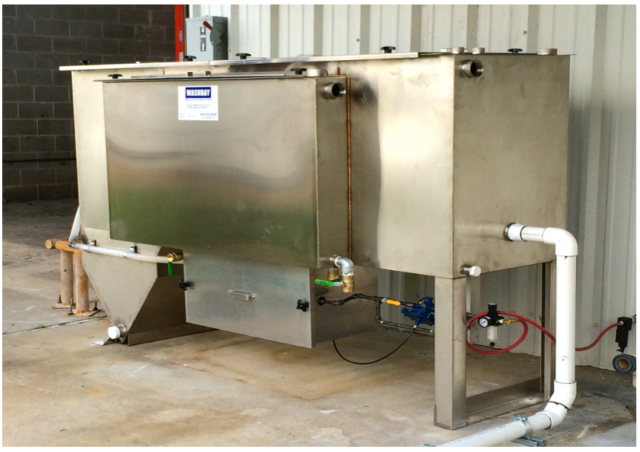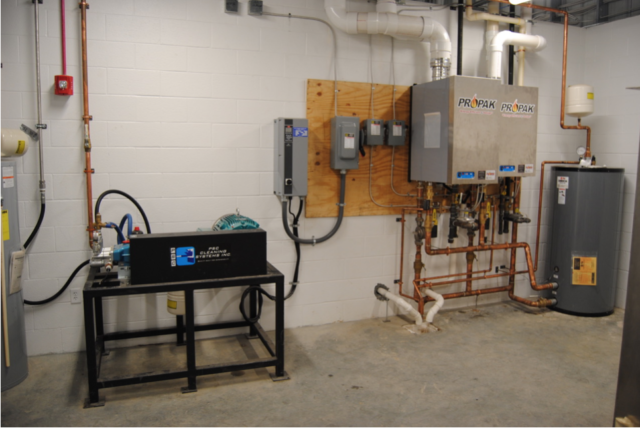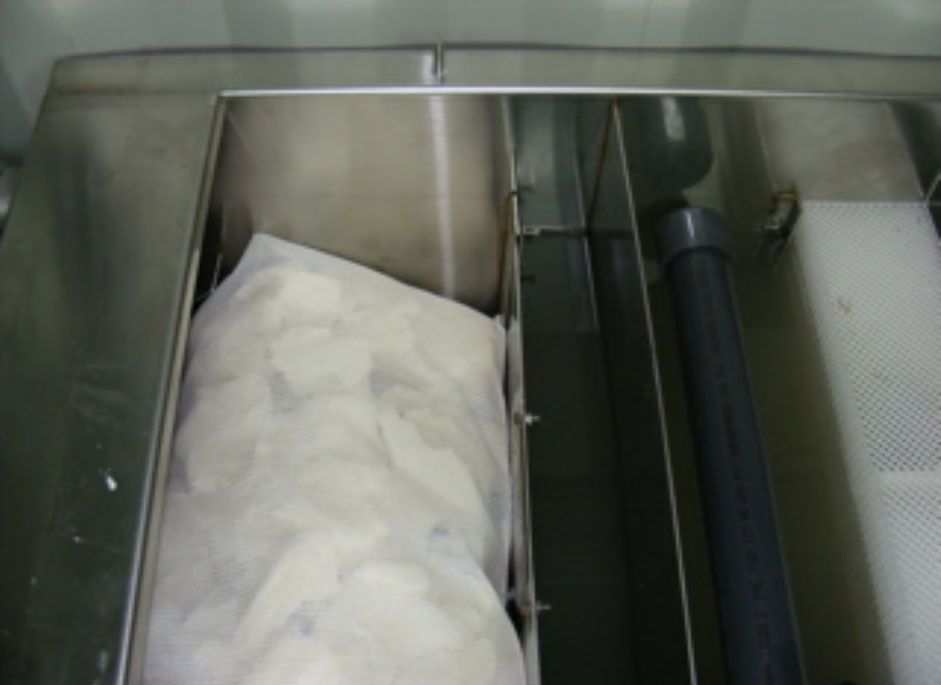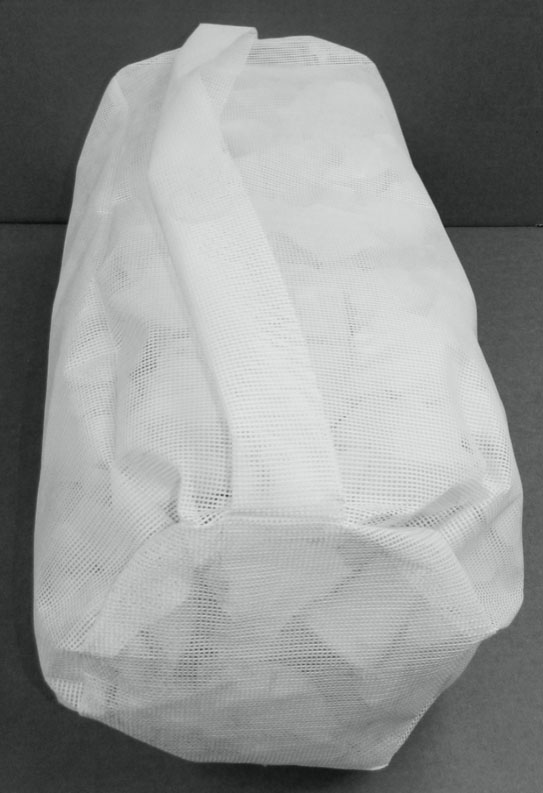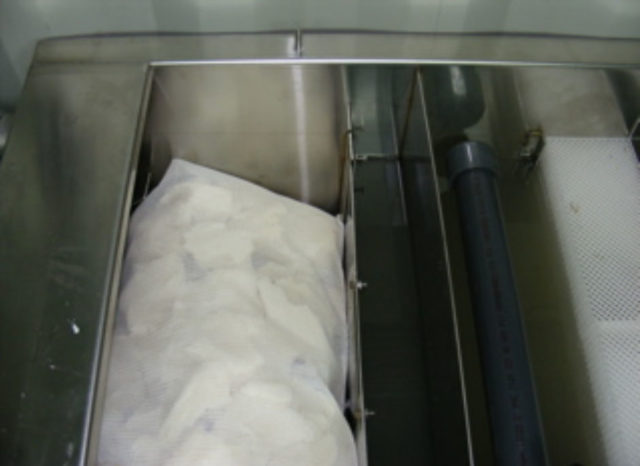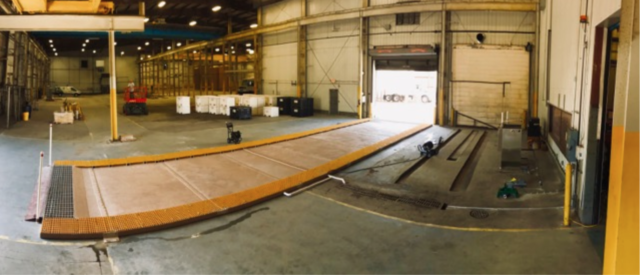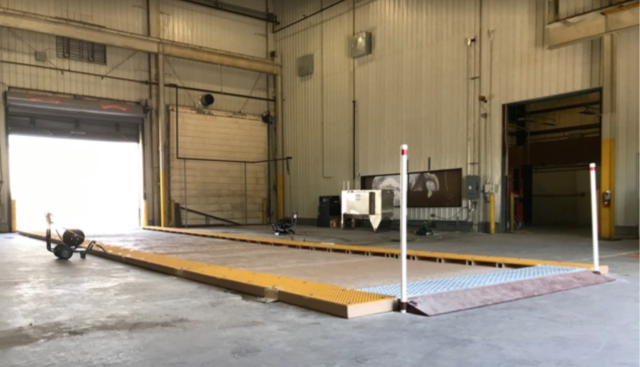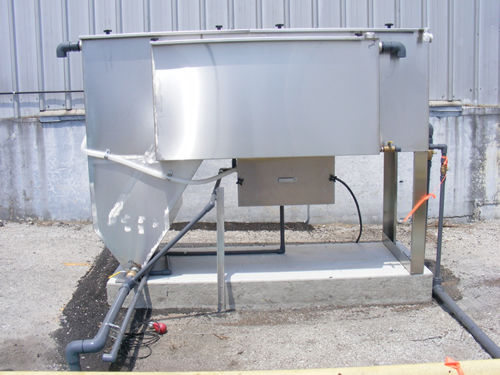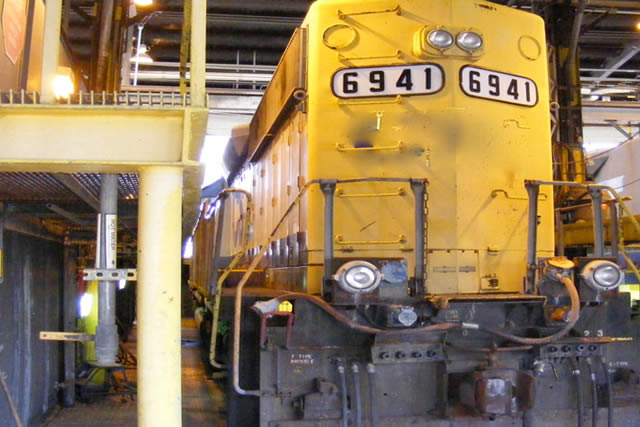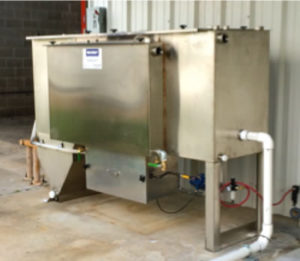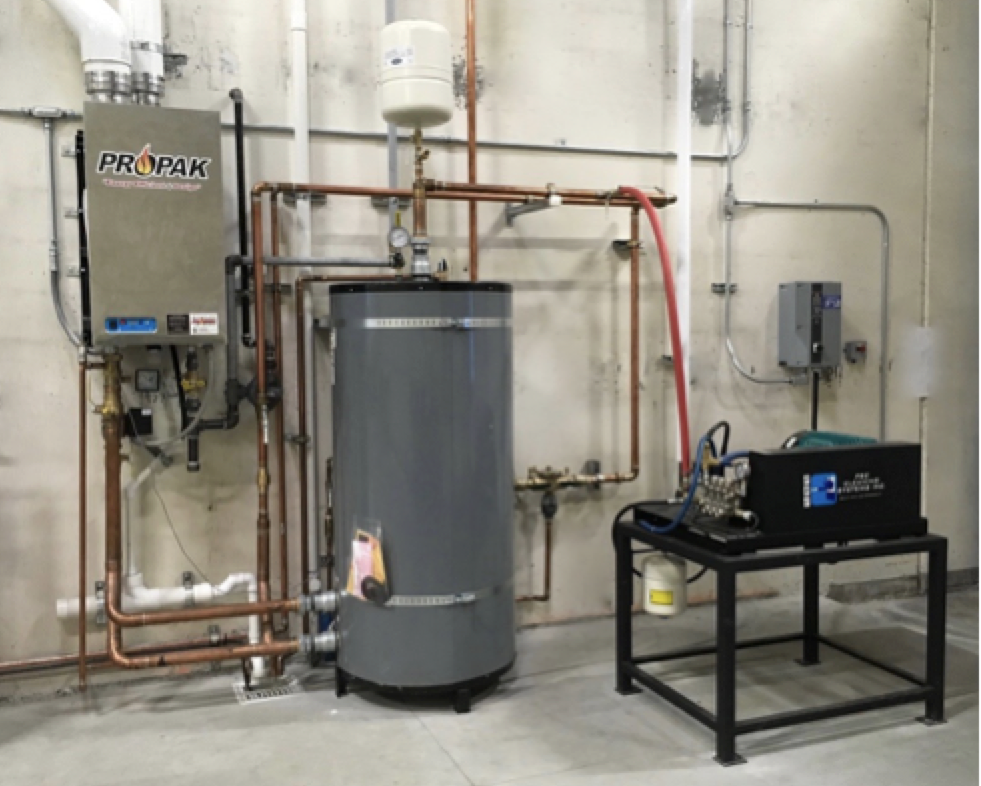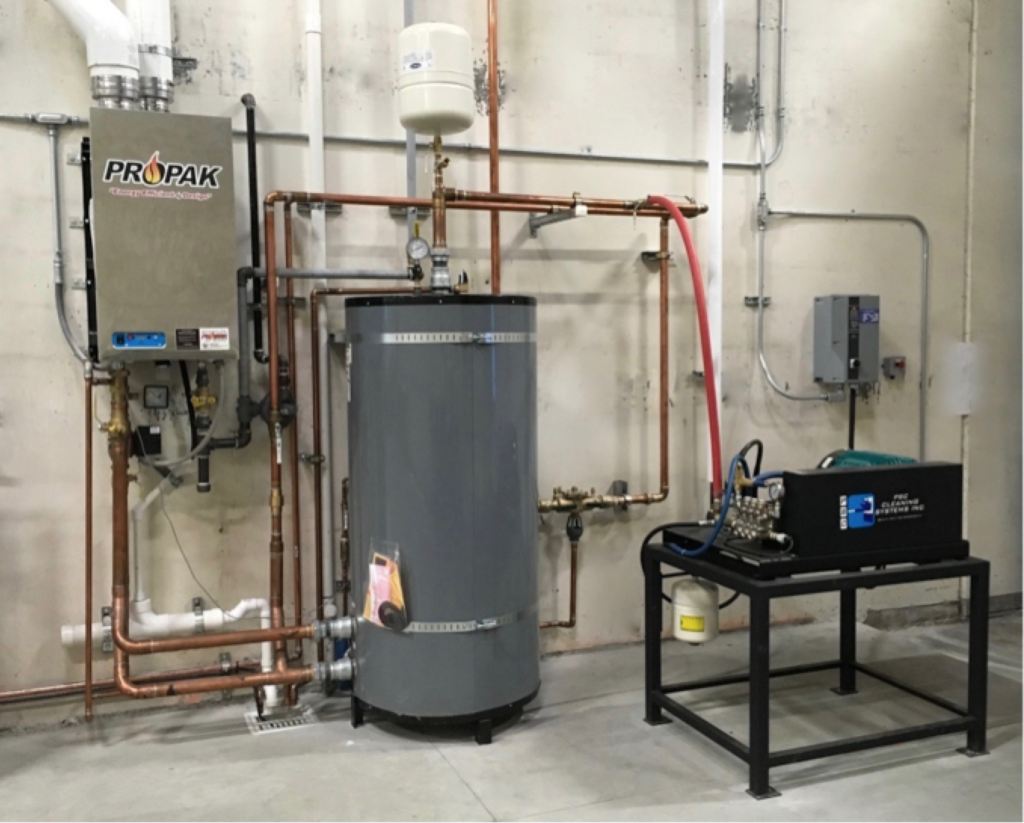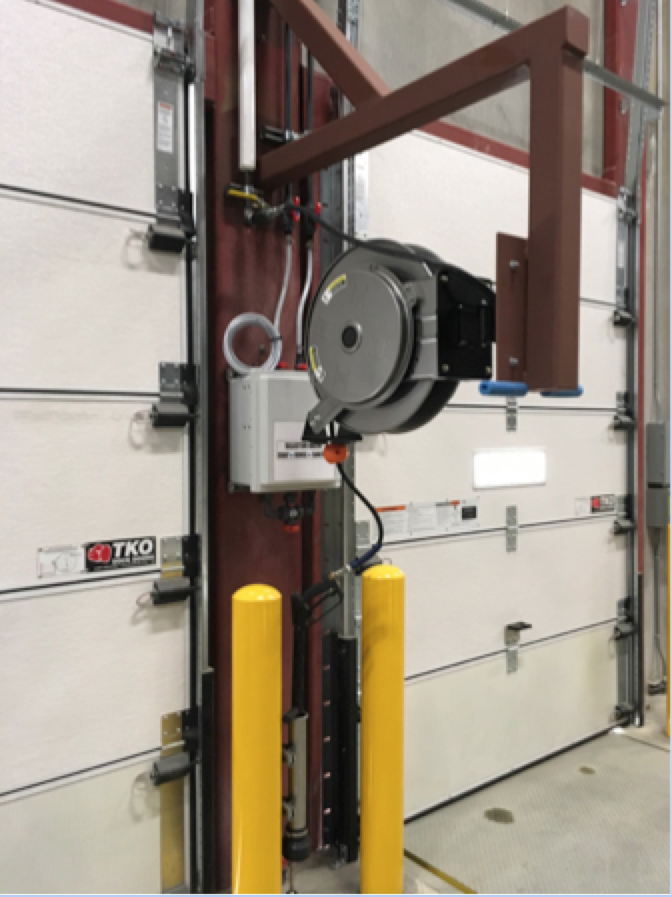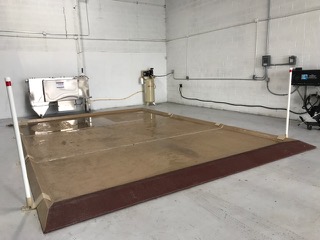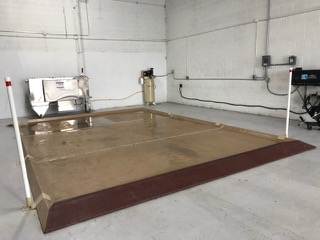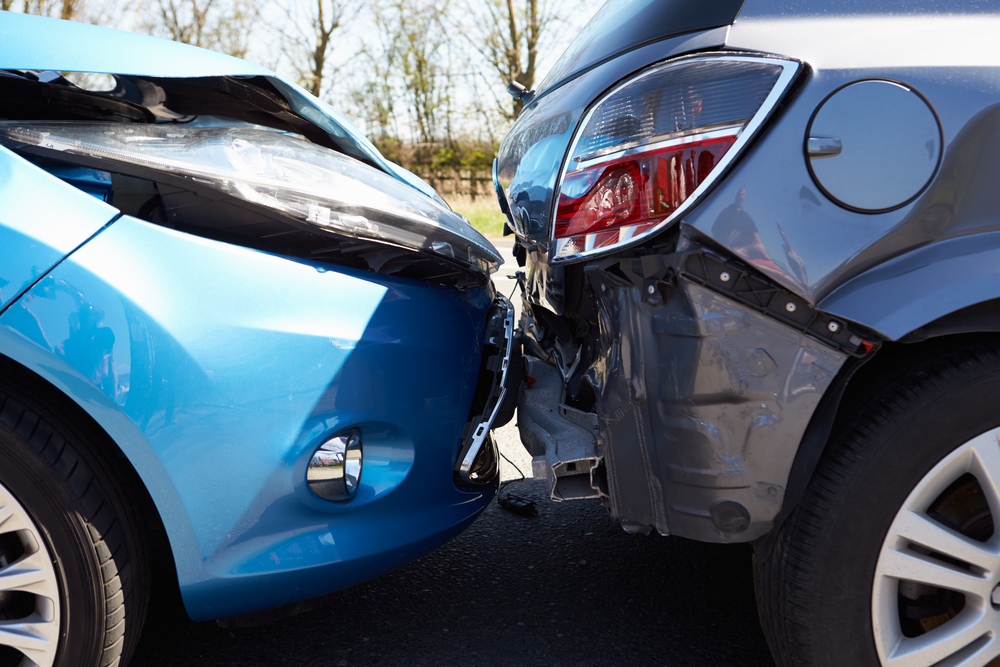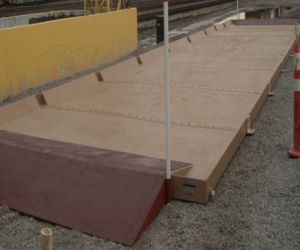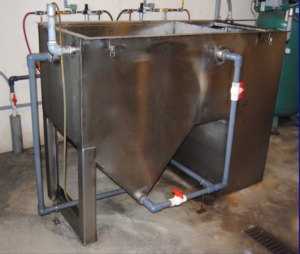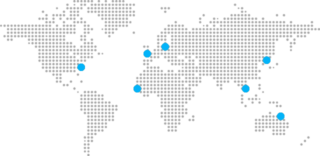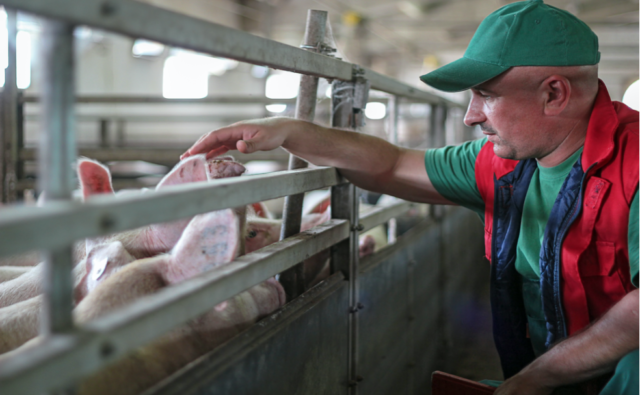
Cleaning and effective disinfecting are critical elements to maintaining a healthy farm. It is not possible to completely sterilize every surface but it is important to do as much as possible to ensure that disease transmission is not likely to occur.
According to most veterinarians, the best practices for cleaning and disinfecting animal farms generally consists of the following six steps:
- Pre-clean – Pre-clean by removing excess organic material by scraping, shoveling, and sweeping. You can also pre-soak to soften dried waste and then pre-rinse. Soaking normally cuts down on the washing time.
- Clean – Do your main cleaning with an appropriately-sized pressure washing system and detergent. Hot and cold water can be used. Although it will speed up cleaning, hot water may cause steam and visibility problems in the winter. Pressure washers come in range of flow rates and pressure ratings so choose one that fits your operation and does not cause harm to the staff or facilities. Finally, choose a safe, effective cleaning solution to maximize your cleaning process. It will help break down and remove organics and grease better than plain water.
- Rinse – After washing, rinse all surfaces very well to remove loose waste, grease and detergent.
- Disinfect – Disinfection is the next critical step in the cleaning process to kill the bacteria. The Environmental Protection Agency (EPA) maintains an extensive list of approved disinfectants. Numerous industry and university sources can be utilized to help you choose the best one to fit your target pathogen. Most disinfectants are designed to be applied as foam. Foamers are especially effective with disinfectants since they increase the surface dwell time and assure complete coverage since they show exactly where the disinfectant has been applied.
- Final Rinse – A final rinse with the pressure washer is required to remove all of the disinfectant.
- Drying – Sufficient drying time is required to remove all moisture from the building and surfaces. Eliminating residual water can greatly decrease the survival rate of viruses and bacteria. If available, heaters can be used to evaporate as much water as possible before moving livestock back into the area. Although timing and space is often limited, it is recommended that the rooms be completely dried 2-3 times per year before moving the animals back to the rooms. This extra time will help dramatically reduce contamination.
We can work with your staff and custom-design a complete washing and water treatment system based on your needs.
For washing, rinsing and disinfection, we offer a range of pumping and pressure washing systems featuring manual, automated and Variable Frequency Drive controls. A Variable Frequency Drive (VFD) system is one of the most cost effective units to run and maintain and allows multiple users at the same time. Critical disinfection foaming and sanitizing systems can also be added to the washing/rinsing systems.
We also can help you treat the wash water so that it can be properly discharged. If the washing process produces a lot of solids, we have a range of solutions to first separate the solids from the wash water.
We provide the following equipment:
- Sanitizers and Foaming Systems
- Disinfection Fogging Systems
- VFD Controlled wash systems
- Electric Hot Water Pressure Washing Systems
- Cold Water Stationary Pressure Washing Systems
- Debris & solids baskets and screens
- Oil Water Separators
- Multi-media and polishing filtration
- Piping design assistance
- Tanks and control systems
If you are in the livestock industry and need a washing and water treatment solution, give us a call!
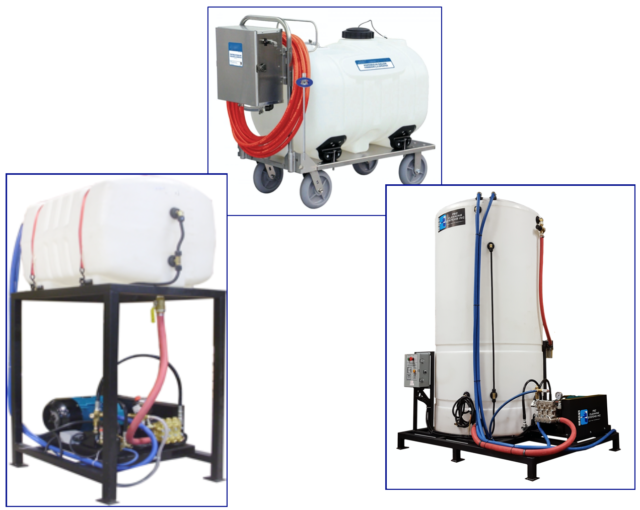

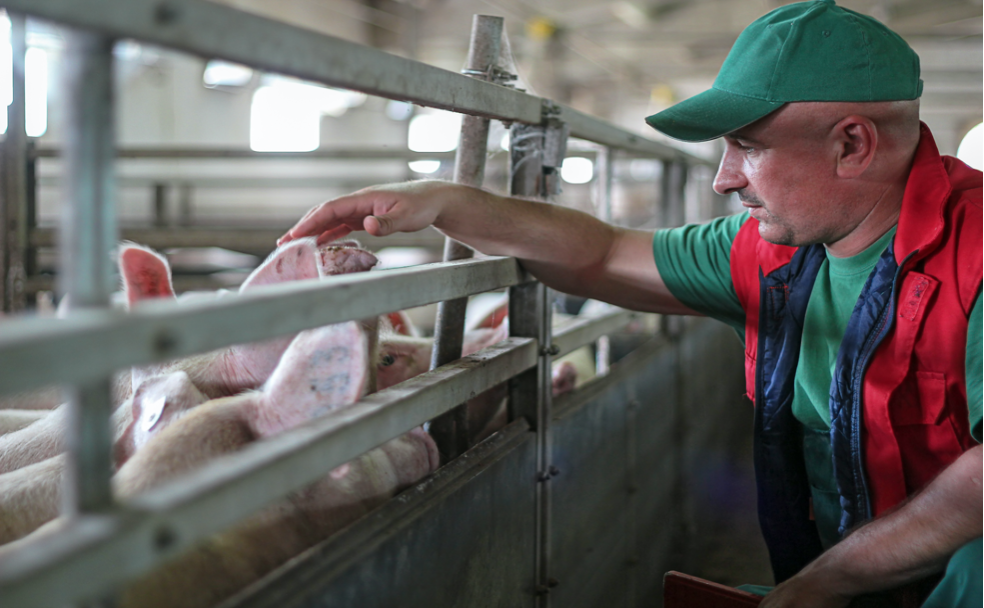
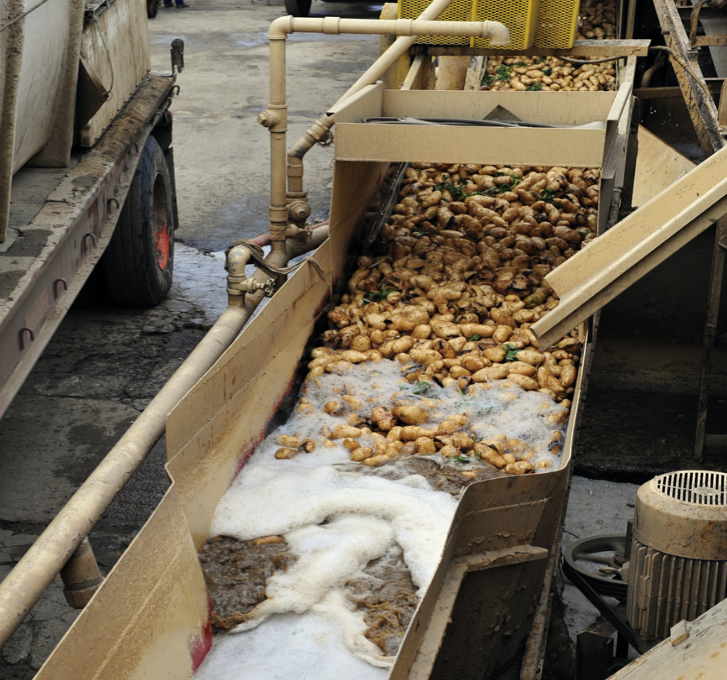
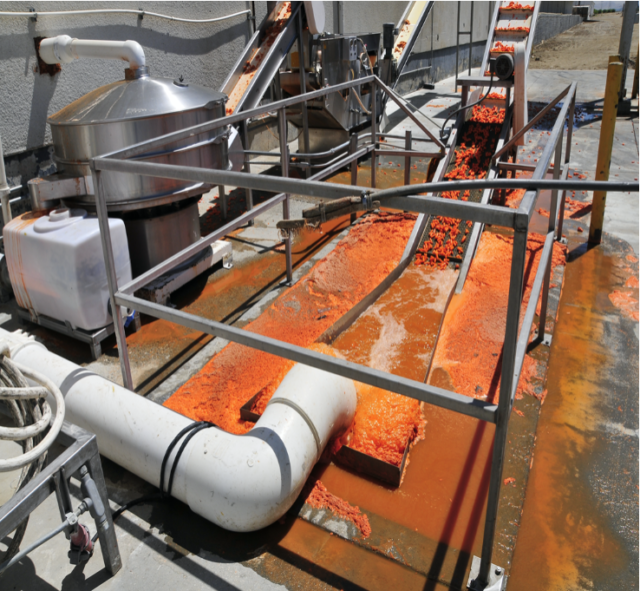
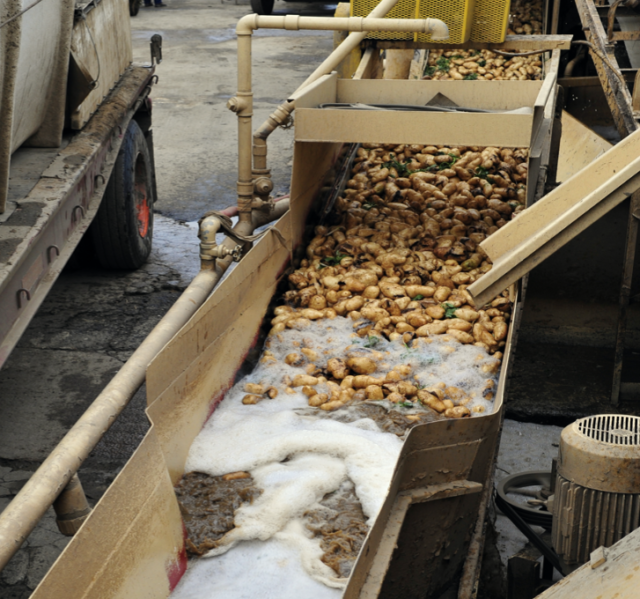 We can help you treat the wash water so that it can be properly discharged. If the washing process produces solids, we have a range of solutions to first separate the solids from the wastewater. After the solids are removed, we can process the water through our
We can help you treat the wash water so that it can be properly discharged. If the washing process produces solids, we have a range of solutions to first separate the solids from the wastewater. After the solids are removed, we can process the water through our 